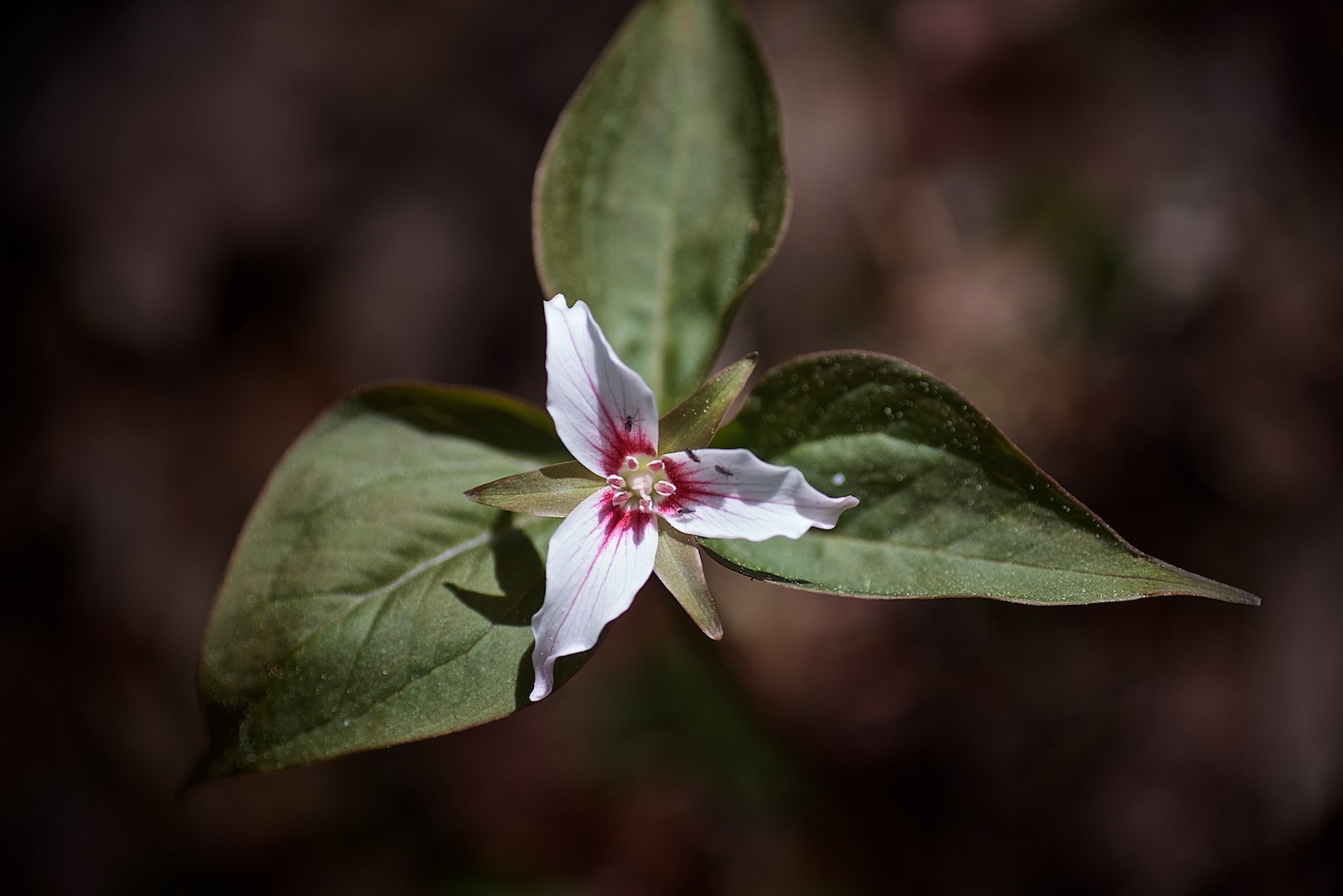 Originally posted by biz-engineer
Originally posted by biz-engineer 
I agree with you. The only problem is, once you have an image shot with a camera model (fixed sensor size and number of pixels) there isn't much to be done to improve the perceived IQ except buying another camera with more pixels and larger sensor.
Yes, I agree, we are stuck with the native resolution of the camera. Therefore as we cannot improve IQ from the sensor lens combination we should be trying to maintain the data at its best and that really was the point of my posting relating to printing. To that end if we only have a native resolution of 95 ppi at our required print size and we must have that size then we have just two ways to treat the data:
1. Send image data as is straight to the printer and if the declared resolution of that printer is 360 ppi the print pipeline will upsample the image using Nearest Neighbour algorithms.
or preferably
2. Upsample the image to be 360 ppi in our editing software which will use superior algorithms which will hold resolution that would be lost with nearest neighbour.
 Quote:
Quote: I know that no additional information can be created by any image processing except adding up chunks of image from a database using AI.
I agree again that we cannot create information that is not there in the first place. But we have lost at least some information during capture with a bayer sensor. The resulting demosaicing causing a loss of resolution. Sharpening using various deconvolution techniques can return some of that lost information.
 Quote:
Quote: What I have learned from signal processing is that the more I process an image the more I risk loss of information. So, I tend to process image the least amount possible. Although I guess you are referring enhancing of image quality perception by adding up micro-contrast or sharpness within the process of up-sampling?
From my very limited exposure to signal processing (sound) I think that Nyquist applies equally to image data i.e. if we need to end up with 'X' amount of data we need to be starting with 2 x 'X'
I was not referring to enhancing image quality perception with micro contrast or sharpening but referring to the difference in upsampling using the inferior print driver pipeline vs the optimal treatment of the data to the same ppi using your image editor PS, LR, Qimage, Raw Therapee etc. This is a seperate issue to capture, local and output sharpening using deconvolution, high pass etc etc
---------- Post added 11-06-18 at 12:37 PM ----------
 Originally posted by Dartmoor Dave
Originally posted by Dartmoor Dave 
Aesthetics is (are?) the only thing that matters when it comes to making a print.
No, aesthetics are just one part of a process in image making and may be seperated from the technical side of the print making process, if you so wish and is my intent here
 Quote:
Quote: To equate resolution with "image quality" and to claim that this "IQ" is the most important factor in a print is completely to miss the point of why real people in the real world like to look at photographs.
This is about not leaving IQ behind on the table. IQ is not just about resolution You seem to have misunderstood what has been written.


 Similar Threads
Similar Threads 







 .
. 





 Post #43 by normhead
Post #43 by normhead








